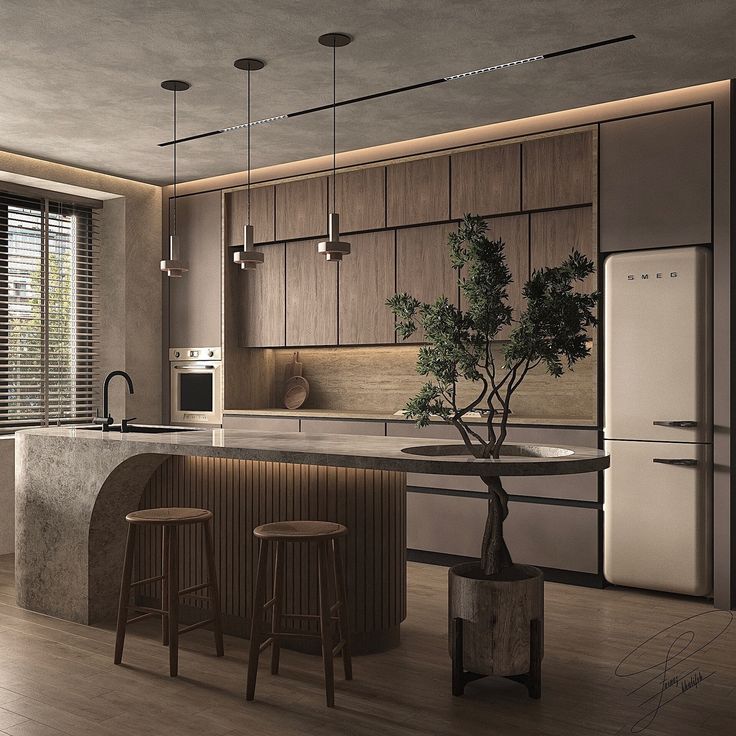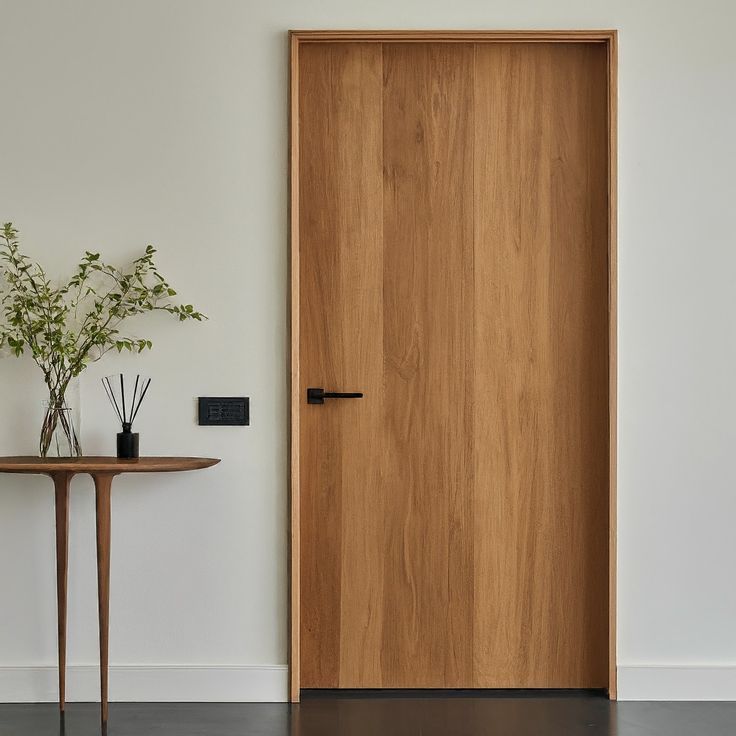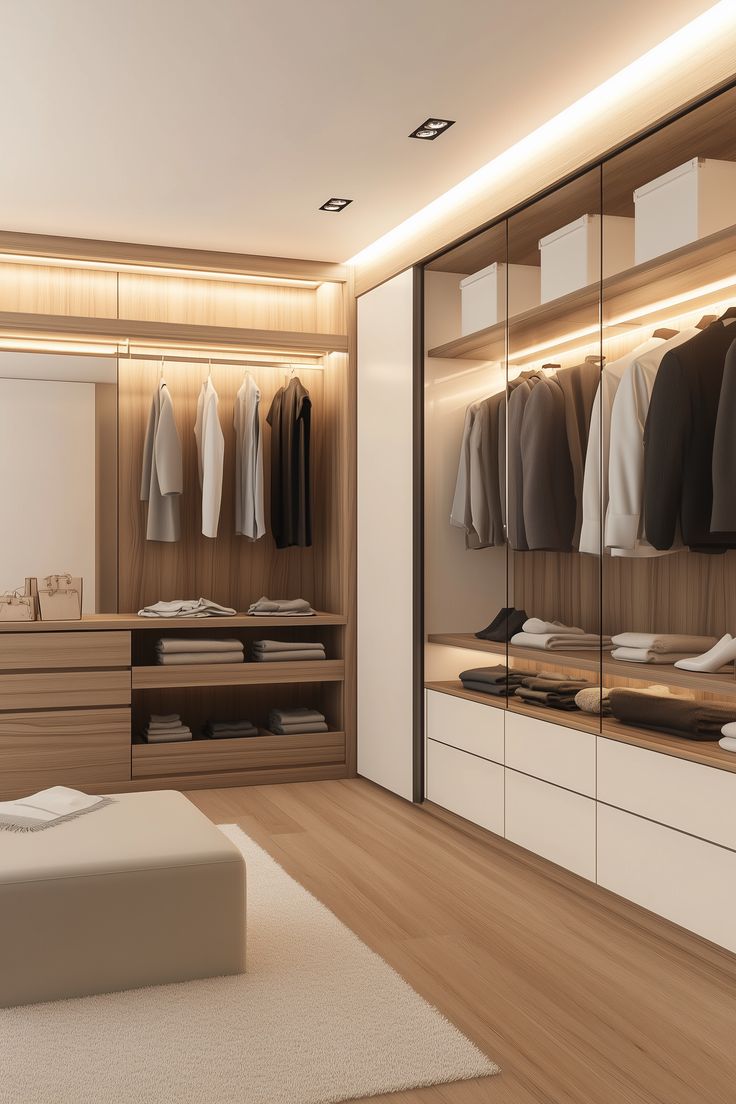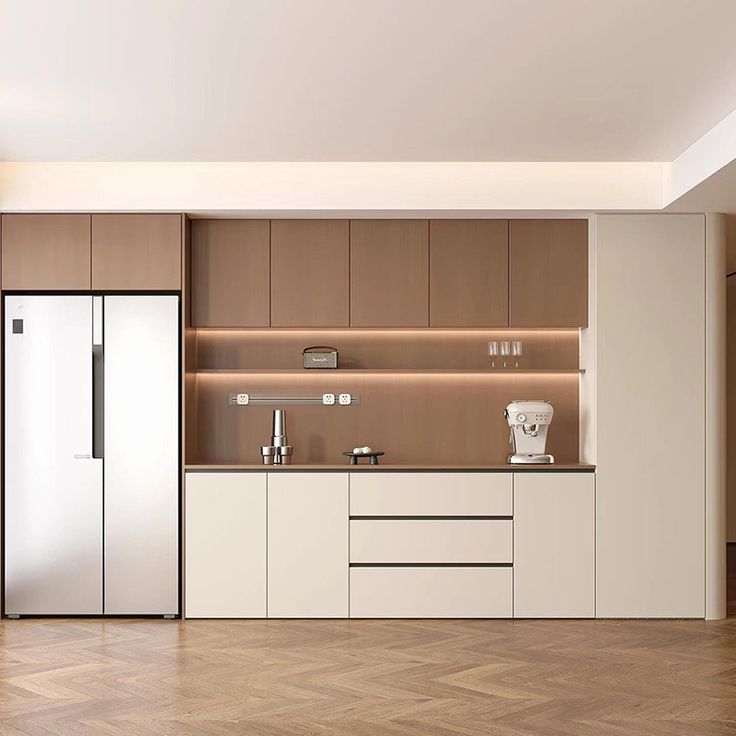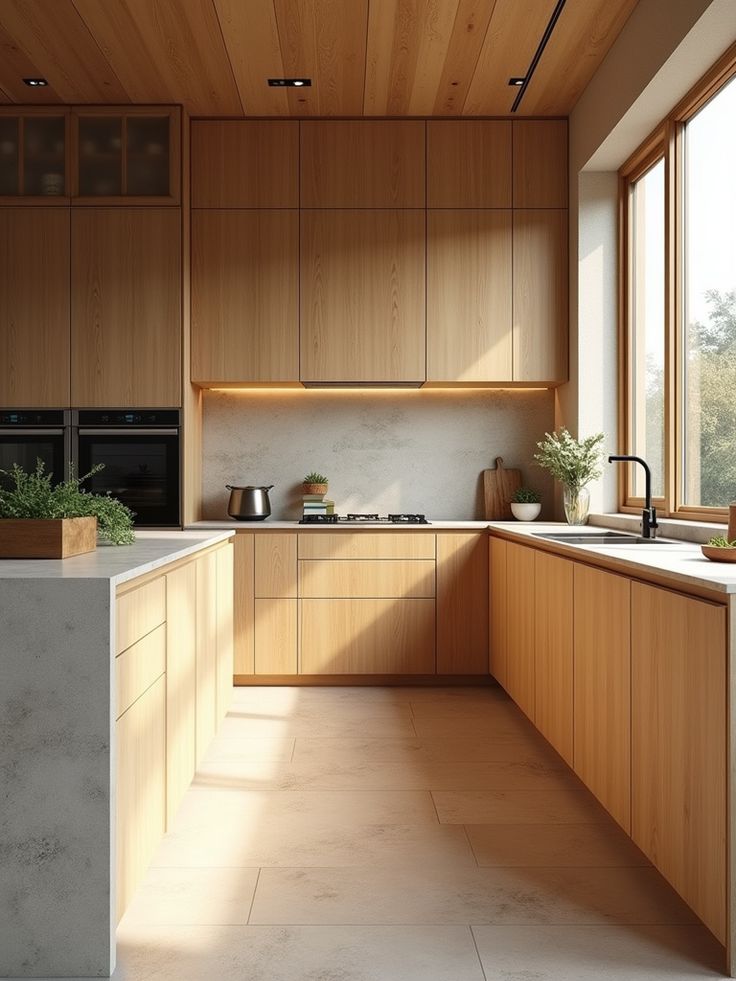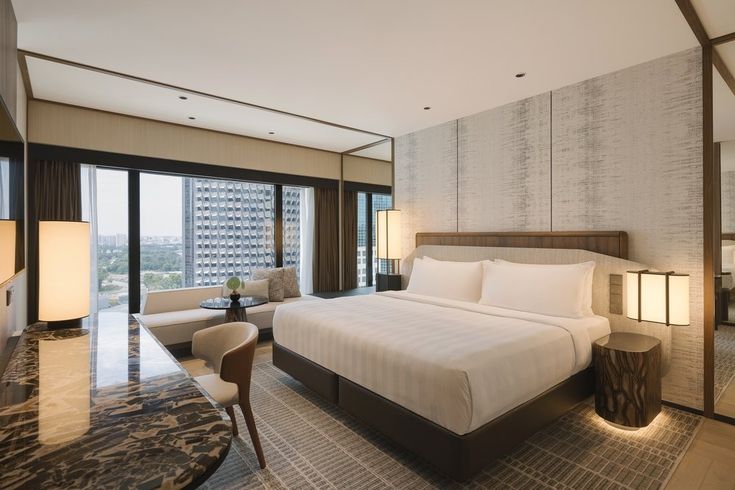Total Cabinetry And Joinery Solution
ENG

When it comes to bedroom storage, built in wardrobes have become one of the most popular choices for homeowners. Unlike freestanding wardrobes, built in designs are fitted into the room’s layout, often stretching from floor to ceiling and wall to wall. They provide a sleek, customized solution, but they’re not without drawbacks.
Built in wardrobes are storage units that are integrated into the structure of the room. Instead of standing alone like traditional wardrobes, they are designed to fit the available space—whether it’s a niche, an entire wall, or even under a sloping ceiling.
They can be fully customized in terms of size, material, finish, and internal layout, making them highly versatile for modern homes.

Built in wardrobes make the best use of every inch, from floor to ceiling. They can be designed to fit awkward corners, alcoves, or sloped ceilings where freestanding furniture wouldn’t work.
From sliding mirrored doors to matte finishes, built in wardrobes can be customized to match your interior style. Inside, you can add shelves, drawers, hanging rails, or shoe racks depending on your needs.
Because they are fitted and permanent, built in wardrobes are often considered a premium feature in property listings. They improve the overall appeal and resale value of the home.
With no gaps at the top or sides, built in wardrobes create a clean, seamless appearance. They can even be designed with mirrored doors to make small bedrooms appear larger.
Unlike flat-pack wardrobes, built in wardrobes are usually made from sturdier materials and fitted by professionals, offering better longevity.
One of the main disadvantages is price. Customization and professional installation make built in wardrobes more expensive than freestanding options.
Once installed, they cannot be moved. If you like rearranging furniture or plan to move homes, built in wardrobes may feel restrictive.
Unlike ready-made wardrobes you can assemble in a day, built in wardrobes take longer to design, manufacture, and install.
DIY installation is usually not practical. You’ll need skilled carpenters or contractors, which adds to the cost and timeline.
While they look great today, changing your room’s style later might require updating or replacing the wardrobe doors and finishes.
The answer depends on your priorities:
1、If you value customization, long-term storage solutions, and a sleek modern look, built in wardrobes are an excellent investment.
2、If you want flexibility, lower costs, and portability, freestanding wardrobes may be a better choice.
| Feature / Aspect | Built in Wardrobes | Freestanding Wardrobes |
|---|---|---|
| Design & Style | Seamless, modern, fully customizable to room layout. | Limited to available designs; less customizable. |
| Space Utilization | Maximizes vertical and awkward spaces (corners, alcoves). | May leave gaps at the top or sides, wasting space. |
| Storage Capacity | Tailored internal layout for specific needs. | Fixed storage structure with limited adjustment. |
| Cost | Higher due to custom design and professional fitting. | More affordable, ready-made options widely available. |
| Flexibility | Permanent fixture, cannot be moved once installed. | Portable, can be moved or replaced anytime. |
| Property Value | Adds value to home as a premium built-in feature. | Rarely affects property resale value. |
| Installation | Requires professional measurement and fitting. | Simple setup; often flat-pack and DIY-friendly. |
Built in wardrobes offer a perfect balance of style, space efficiency, and durability, making them highly desirable in modern homes. However, they also come with higher costs and less flexibility compared to traditional wardrobes.
👉 Before making a decision, weigh the pros and cons carefully, consider your budget, and think about how long you plan to stay in your current home.
Your dream kitchen awaits—schedule a consultation with our master cabinet designers today.
